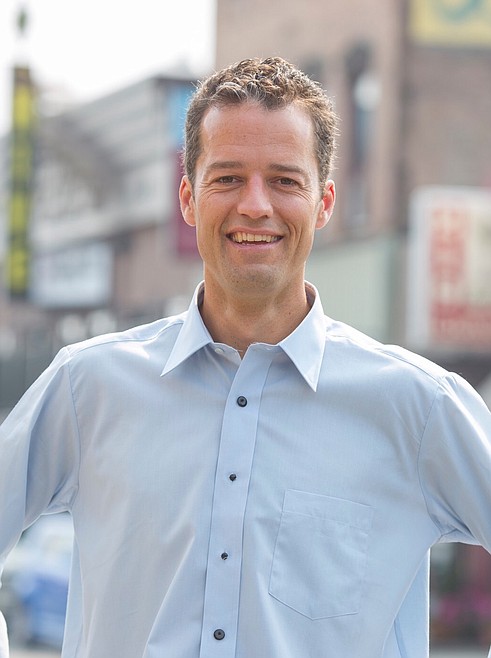A focus on Sandpoint's area of city impact
This is the fifth column in the series detailing recommendations that came out of the City’s Housing and Economic Study developed by Leland Consulting. In this column, I will discuss Leland’s suggestion to update the policies and boundaries pertaining to the area of city impact.
Sandpoint is running out of land. Fundamentally, this drives up the cost of development and the cost of housing. With little more than small infill lots remaining undeveloped, fewer units can be built in a development, which drives up the per-unit cost. Growth is then pushed out into neighboring communities where there is land but lacks city services like water, wastewater and fiber. Servicing outlying areas is expensive for developers and for the city providing services, again, driving up housing costs.
The City has to grow to solve these problems. The city needs to develop a land use plan that encourages development that meets the needs of its residents, like affordability and job growth. While the Comprehensive Land Use Plan provides an important piece of this puzzle, the city needs to revise its ACI map and policies to provide a thoughtful vision specific to urban growth. This includes capital and operational plans that support that growth.
The ACI is the area into which the city is expected to grow, say in 20 years. This means extension of water and sewer service, sidewalks, fiber, street maintenance and other basic infrastructure, not to mention parks, fire, police, etc. Doing this efficiently, that is providing for significant density, and diversity of housing types and uses, all without sacrificing amenities like parks, open space and connectivity, results in good development that can meet the communities housing needs and support economic vitality. It also communicates to the development community what and where to build. This saves time, reduces risk and ultimately saves money for developers, which means lower costs for residents.
Sandpoint can accommodate growth, house its workforce, and support economic vitality and a high quality of life if it chooses to grow responsibly and efficiently. That means focused urban growth where it makes the most sense and encouraging housing for everyone. It is when we allow cities to be cities, that we allow the rural and wilderness areas to remain natural. It is the rural and forested landscapes that we preserve surrounding our community that do as much to define our town as our downtown and neighborhoods. Without density, we get urban sprawl, which can look like a never-ending combination of suburbs and strip malls that have defined many cities in the US.
Leland Consulting recognizes Sandpoint’s dwindling land supply. If the city does not grow, housing prices will continue to go up as there will never be a supply to meet the demand. Leland also recognized as unique Sandpoint’s diversified economy. Land shortage will begin to impact employment and job growth as new employers, or those looking to grow their business, will have no place here.
There is another important factor to consider when discussing growth in Sandpoint and the areas it serves. The wastewater treatment facility is well beyond its useful life. The plant operators do a phenomenal job every day to maximize functionality. Yet we need to move past outdated infrastructure to treat to modern standards. This is true for Sandpoint and its neighbors that struggle to meet standards. In terms of cost and long-term resilience, one regional facility to manage wastewater makes the most sense.
Meanwhile, as more and more fractionalization happens in the rural county, we end up with a greater density of septic systems that ultimately threaten water quality in our aquifer and the health of our watershed. The solution is to build a modern plant that can meet future permit requirements and can scale to meet future growth.
Sandpoint has been preparing to do just that. Just this week the city submitted a funding request for the new plant. The plant is designed to accommodate future growth for Sandpoint and surrounding communities. It ensures that the city can do its part to protect our aquifer and our watershed which benefits all of us.
The more users we have paying for it, the cheaper it is for everybody. A revised ACI gives the City a solid growth plan. With smart growth, we can keep the best of Sandpoint while meeting long-term needs of residents.
Shelby Rognstad is the mayor of Sandpoint. He can be reached at mayor@sandpointidaho.gov.

